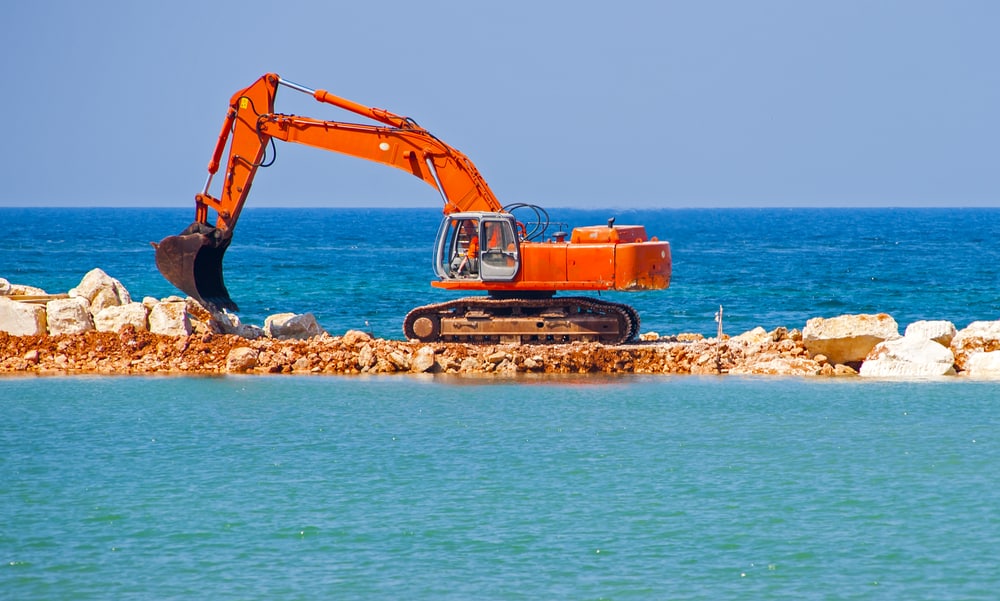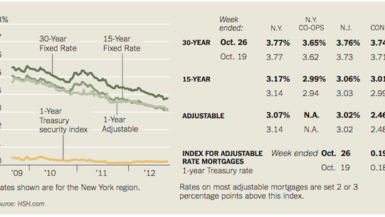Table of Contents
- Introduction
- Understanding Coastal Construction
- 2.1 What is Coastal Construction?
- 2.2 Importance of Coastal Construction
- Factors Influencing Coastal Construction
- 3.1 Environmental Considerations
- 3.2 Regulatory Guidelines
- 3.3 Technological Advancements
- Building Coastal Structures: Challenges and Solutions
- 4.1 Addressing Erosion and Sediment Control
- 4.2 Choosing Suitable Construction Materials
- 4.3 Implementing Effective Drainage Systems
- Sustainable Coastal Construction Practices
- 5.1 Green Building Techniques
- 5.2 Utilizing Renewable Energy Sources
- 5.3 Eco-Friendly Water Management
- Enhancing Resilience in Coastal Structures
- 6.1 The Role of Dune Restoration
- 6.2 Creating Natural Barriers
- 6.3 Climate-Resilient Design Strategies
- Balancing Development and Conservation
- 7.1 Impact on Coastal Ecosystems
- 7.2 Integrating Conservation Efforts
- 7.3 Community Engagement
- Coastal Construction Case Studies
- 8.1 Building on Soft vs. Hard Coasts
- 8.2 Lessons from Successful Projects
- 8.3 Mitigating Failures and Disasters
- Future Trends in Coastal Construction
- 9.1 Innovations in Engineering
- 9.2 Harnessing Big Data and AI
- 9.3 Adapting to Climate Change
- Conclusion
Introduction
Coastal areas are not only breathtakingly beautiful but also incredibly dynamic, making them a prime location for human settlement and development. However, constructing and maintaining buildings along coastlines present unique challenges due to the constant interaction with natural forces like tides, waves, and coastal erosion. In this article, we delve into the world of coastal construction, exploring the intricacies of building resilient structures that can withstand the forces of nature.
Understanding Coastal Construction
2.1 What is Coastal Construction?
Coastal construction refers to the process of building structures in close proximity to coastal regions, including residential and commercial buildings, infrastructure, and recreational facilities. It involves careful planning, design, and implementation to ensure that the built environment can coexist harmoniously with the surrounding natural environment.
2.2 Importance of Coastal Construction
Coastal areas serve as economic hubs, attracting tourism and fostering various industries. Properly planned and executed coastal construction can unlock significant economic potential while also providing spaces for people to live, work, and relax.
Factors Influencing Coastal Construction
3.1 Environmental Considerations
One of the primary factors that influence coastal construction is the environment. Understanding the unique ecosystem of the area is crucial to minimize the impact of construction on coastal habitats and marine life.
3.2 Regulatory Guidelines
Government agencies and environmental organizations establish strict guidelines to govern coastal construction. These regulations aim to protect natural resources, prevent erosion, and ensure the safety of residents and visitors.
3.3 Technological Advancements
Advancements in construction materials and techniques have paved the way for innovative coastal construction methods that are both resilient and environmentally friendly.
Building Coastal Structures: Challenges and Solutions
4.1 Addressing Erosion and Sediment Control
Coastal erosion poses a significant threat to structures built along shorelines. Implementing erosion control measures and sustainable sediment management is crucial for maintaining the stability of coastal properties.
4.2 Choosing Suitable Construction Materials
Selecting the right materials can make a substantial difference in the longevity of coastal structures. Utilizing corrosion-resistant and durable materials can help mitigate the damaging effects of saltwater and harsh weather conditions.
4.3 Implementing Effective Drainage Systems
Proper drainage systems are essential to prevent flooding and water damage. Well-designed drainage can redirect excess water away from structures, protecting them from potential harm.
Sustainable Coastal Construction Practices
5.1 Green Building Techniques
Incorporating green building practices, such as using recycled materials, energy-efficient technologies, and sustainable construction methods, can minimize the environmental footprint of coastal structures.
5.2 Utilizing Renewable Energy Sources
Coastal areas offer opportunities for harnessing renewable energy from sources like wind, solar, and tidal power, making them more self-sufficient and environmentally friendly.
5.3 Eco-Friendly Water Management
Adopting eco-friendly water management practices, such as rainwater harvesting and wastewater treatment, can reduce the strain on local water resources and preserve the natural balance of coastal ecosystems.
Enhancing Resilience in Coastal Structures
6.1 The Role of Dune Restoration
Dunes act as natural barriers against storms and sea-level rise. Engaging in dune restoration projects can enhance the resilience of coastal communities and protect inland areas from flooding.
6.2 Creating Natural Barriers
In addition to dunes, coastal wetlands and mangrove forests act as natural buffers against powerful waves and storms. Preserving and restoring these ecosystems can significantly improve the resilience of coastal regions.
6.3 Climate-Resilient Design Strategies
Adopting climate-resilient design principles, such as elevating structures and using adaptable construction methods, can help buildings withstand the changing climate and its associated challenges.
Balancing Development and Conservation
7.1 Impact on Coastal Ecosystems
Unplanned coastal development can have severe consequences on fragile ecosystems. It is vital to assess and understand the ecological impact of construction activities to maintain the delicate balance of coastal environments.
7.2 Integrating Conservation Efforts
Coastal construction projects can be designed in a way that complements conservation efforts, preserving biodiversity and protecting endangered species.
7.3 Community Engagement
Incorporating the local community’s input and concerns during the planning phase can lead to more sustainable and socially responsible coastal construction projects.
Coastal Construction Case Studies
8.1 Building on Soft vs. Hard Coasts
Comparing construction projects on soft coasts (sandy beaches) versus hard coasts (rocky shores) can provide valuable insights into designing suitable structures for different coastal environments.
8.2 Lessons from Successful Projects
Studying successful coastal construction projects can offer valuable lessons and best practices for future developments.
8.3 Mitigating Failures and Disasters
Analyzing construction failures and disasters can help identify potential risks and improve construction practices to avoid similar occurrences.
Future Trends in Coastal Construction
9.1 Innovations in Engineering
Advancements in engineering, including the use of smart materials and 3D printing, may revolutionize coastal construction techniques.
9.2 Harnessing Big Data and AI
Leveraging big data and artificial intelligence can aid in predictive modeling and risk assessment for coastal construction projects.
9.3 Adapting to Climate Change
As climate change continues to impact coastal areas, construction practices must adapt to the changing conditions and rising sea levels.
Conclusion
Coastal construction presents a myriad of challenges, but with careful planning, innovative technologies, and a commitment to sustainability, we can create resilient structures that harmoniously coexist with the natural beauty and forces of coastal environments. By prioritizing the preservation of ecosystems and engaging local communities, we can ensure a brighter and more sustainable future for coastal development.





Leave a reply